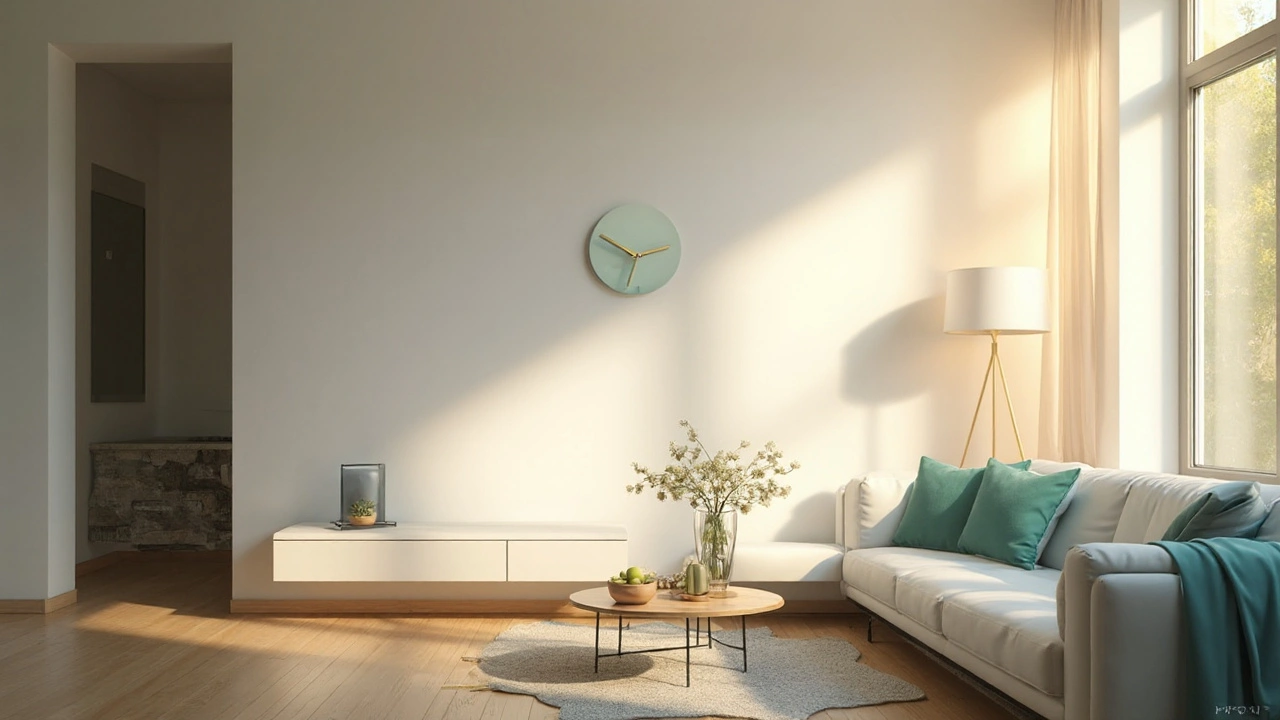Smart Home Cameras: What to Look For and How to Install
Thinking about adding a camera to your smart home? You’re not alone—more folks are turning to video‑enabled devices to watch over doors, yards, and even pets while they’re away. The good news is you don’t need an engineering degree to pick the right model or set it up. In the next few minutes you’ll learn which features matter most, how to avoid common hiccups, and a quick step‑by‑step for a hassle‑free install.
Key Features That Matter
First, narrow down the specs that actually improve daily use. Resolution – aim for at least 1080p; you’ll get clear faces and license‑plate detail without draining bandwidth. Night vision – infrared LEDs are a must if you want useful footage after dark. Two‑way audio lets you speak to delivery workers or greet visitors from your phone. Local storage (microSD) is a safe backup if your internet drops, while cloud plans provide easy sharing and long‑term archiving. Finally, check the Wi‑Fi band support; a dual‑band (2.4 GHz / 5 GHz) camera will stay stable even when your router is busy with other smart devices.
Simple Installation in Three Steps
Step 1 – Choose the spot. Look for a high‑traffic entry point with a clear view. Mount the camera about 7‑10 feet up for a good field of view, and avoid direct sunlight which can wash out the image. Use the supplied mounting bracket or a quick‑release adhesive pad for renters.
Step 2 – Connect to power and network. If the camera is wired, run the power cable to the nearest outlet and plug in. Battery‑operated units just need a charged pack. Open the companion app, scan the QR code on the device, and follow the on‑screen prompts to join your Wi‑Fi. For best performance, connect to the 2.4 GHz band unless the camera specifically lists 5 GHz support.
Step 3 – Adjust settings and test. Set motion detection zones to ignore passing cars or trees, and enable push notifications for the areas you care about. Give the camera a quick test by walking in front of it and checking the live feed on your phone. If the video lags, move the router closer or add a Wi‑Fi extender; many smart home routers have a dedicated “IoT” network that reduces interference.
That’s it—most cameras are ready to go in under 15 minutes. After you’re up and running, explore advanced options like facial recognition, integration with Alexa or Google Home, and routine automations such as turning on porch lights when motion is detected.
When you’re shopping, keep an eye on price‑to‑feature balance. Brands like Wyze, Ring, and Eufy often drop new models, so reading recent reviews is worth the few minutes you spend online. And remember: a camera is only as useful as the system you build around it. Pair it with a secure router, strong passwords, and regular firmware updates to keep hackers out.
Bottom line—smart home cameras give you peace of mind without turning your house into a tech nightmare. Pick a model with clear video, reliable night vision, and easy app control, follow the three‑step install, and you’ll have eyes on your home wherever you are. Happy monitoring!

Do Smart Homes Have Cameras? Everything You Need to Know
Explore how cameras are built into smart homes, the types available, privacy risks, and how to integrate them safely for modern home security.
view more